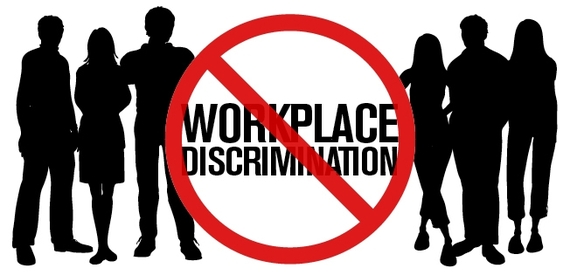The LGBT community is statistically one of the most discriminated against demographics in the world today. According to surveys done by UCLA's William's Institute, approximately four percent of the United States workforce identifies as lesbian, gay, bisexual or transgendered (LGBT). The LGBT workforce continues to face widespread discrimination in the workplace with 21 percent of LGBT employees reporting that they have been discriminated against in hiring, promotions and pay. Furthermore, one out of every 25 complaints made about workplace discrimination comes from LGBT employees. At present, too many gay and transgendered workers are being judged based on their sexual orientation and gender identity--factors of which have no impact on an individual's ability to perform in a workplace setting.
Who comprises the LGBT workforce?
LGBT is an initialism that stands for lesbian, gay, bisexual and transgender. Thus, the LGBT workforce comprises of individuals who identify as being either lesbian, gay, bisexual or transgendered.
- The lack of legal protection in the workplace - In some countries, like India, colonial-era laws prevent LGBT individuals from having same-sex relations. Because such laws exist, it is impossible for the LGBT community to have legal protection in the workplace. Additionally, in other countries, employees can be fired for being transgendered.
- High levels of discrimination in job interviews - Studies across Europe have indicated that approximately 20 percent of individuals who identify as being LGBT felt they experienced at job-hunting because of their sexual orientation.
- Fear keeps LGBT employees closeted at work - LBGT employees prefer to remain closeted about their sexual orientation and gender identity because they fear that being themselves would result in them losing connections with coworkers, or that they might not be offered opportunities for development or advancement.
- Talented LGBT employees leave their workplaces because they do not feel welcomed - Statistics show that nearly one in every ten LGBT employee has left their job because the work environment was unwelcoming. These employees believed that it was unprofessional to talk about their sexual orientation and gender identity openly in the workplace. Thus, further research indicates that more than one-third of LGBT employees lie about their personal lives at work.
- Compared to their LBG colleagues, transgendered people face more employment issues - Transgendered people face double the normal rate of employment with approximately 90 percent of the transgendered population in the United States experiencing mistreatment on the job.
While progress has been made with the legalization of same-sex marriages in some countries, many lesbian, gay, bisexual and transgendered people fear that revealing their sexuality or sexual orientation at the workplace will have negative consequences. The major challenge for LGBT people in the workplace is continuing harassment or discrimination. It is estimated that 40 percent of lesbians, gays and bisexuals experienced harassment and discrimination at work because of their sexual orientation. The statistics for transgender employees on the other hand is significantly higher, with 97 percent experiencing harassment or discrimination at work due to their gender identity.
